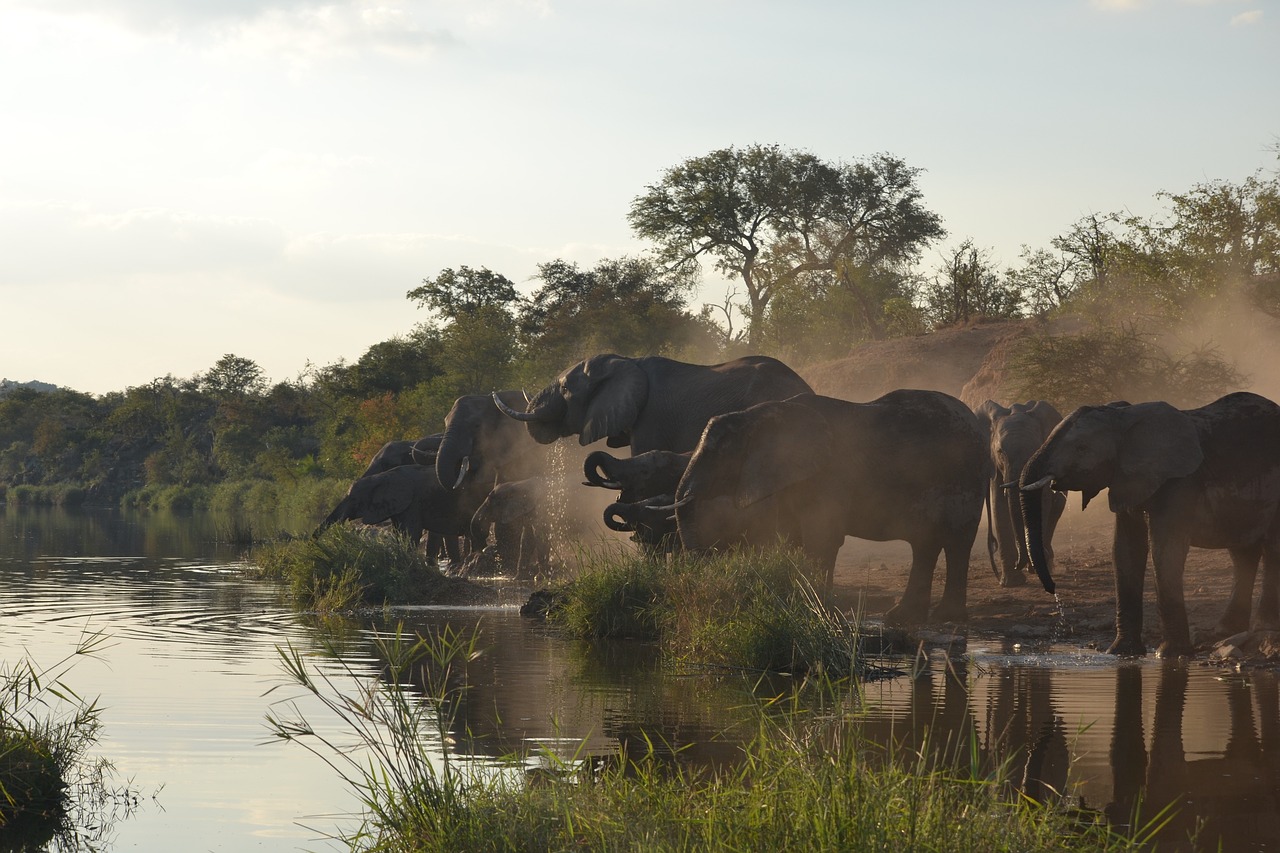
Kenya's Magnificent Big Five
Encounter Africa's most iconic wildlife in their natural habitat across Kenya's breathtaking national parks and reserves
Africa's Most Iconic Wildlife
The term "Big Five" was originally coined by big-game hunters to refer to the five most difficult animals to hunt on foot in Africa. Today, these magnificent animals—the African Lion, African Elephant, Cape Buffalo, African Leopard, and Rhinoceros—are hunted only with cameras, representing the ultimate wildlife viewing experience for safari enthusiasts.
Kenya stands as one of the world's premier destinations to encounter all members of the Big Five, often within a single safari. From the vast savannas of the Maasai Mara to the elephant-rich plains of Amboseli, Kenya offers unparalleled opportunities to witness these iconic species in their natural habitats.
This guide provides comprehensive information about each of the Big Five, their conservation status, best viewing locations across Kenya, and practical tips to plan your ultimate safari experience.
Conservation At A Glance
Meet Kenya's Big Five
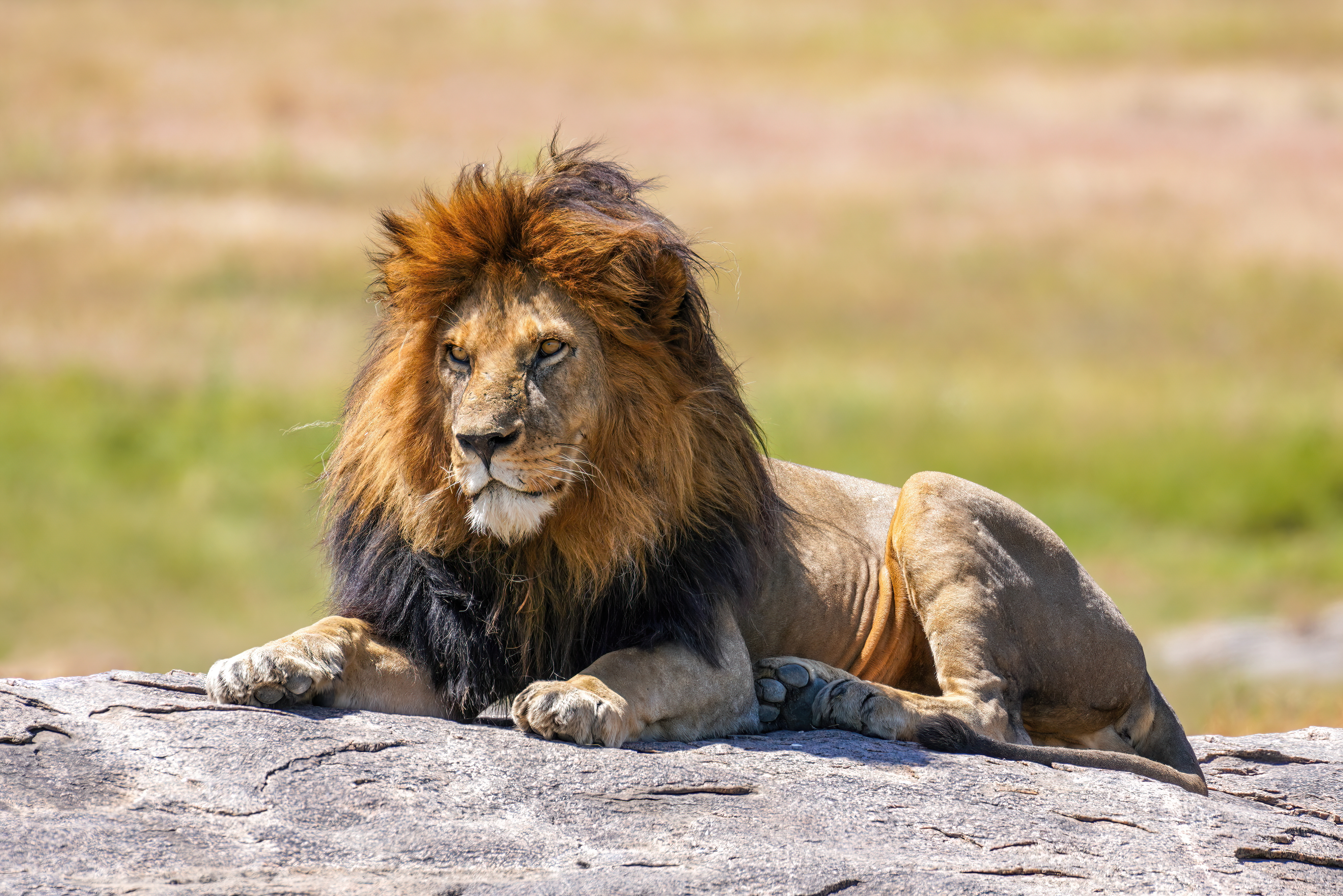
African Lion
Panthera leo
Known as the king of the savanna, the African lion is one of Kenya's most iconic predators. These majestic cats live in prides and are known for their impressive manes and powerful roars that can be heard up to 8km away.
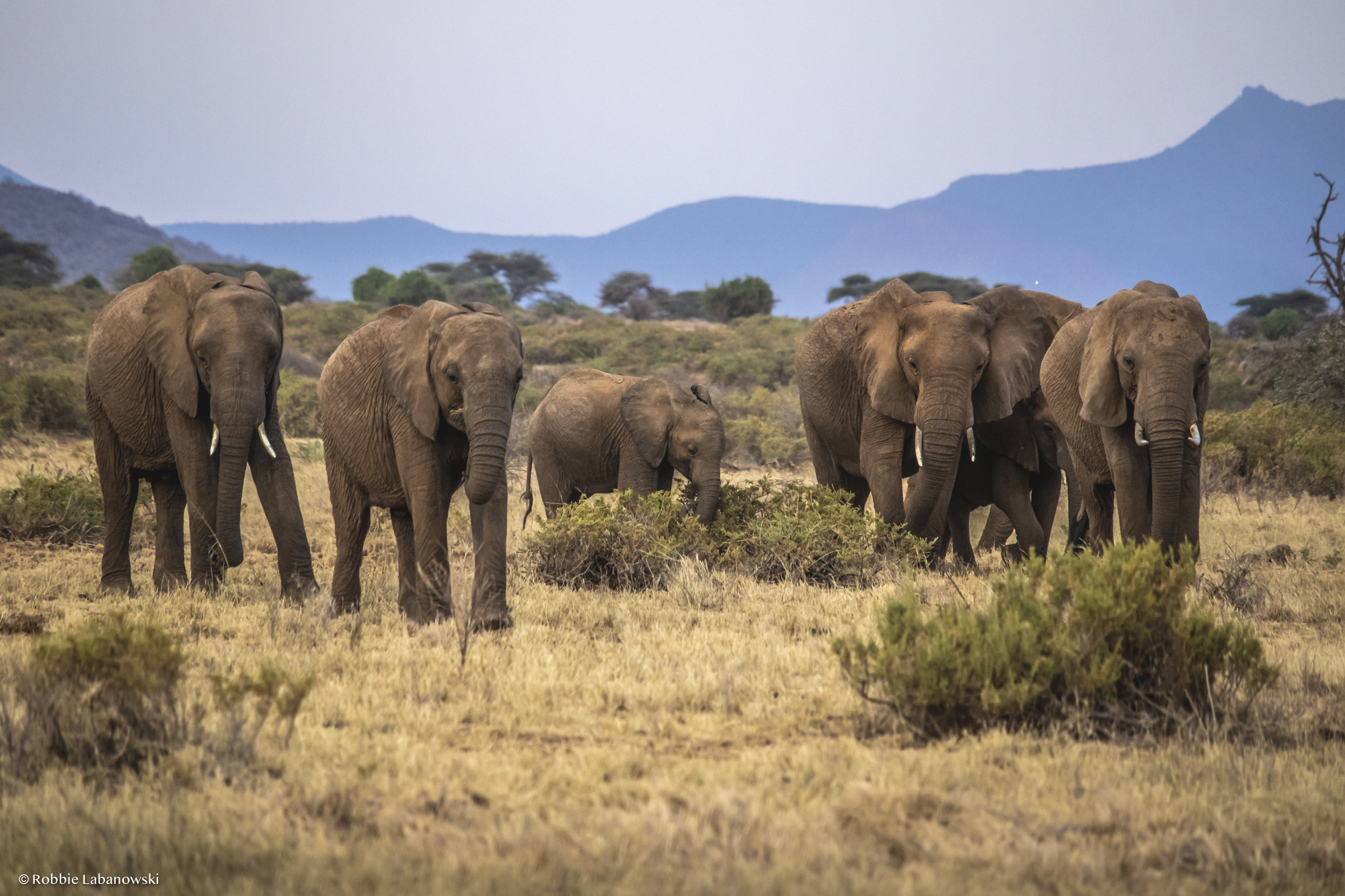
African Elephant
Loxodonta africana
The African elephant is the world's largest land mammal and a keystone species in Kenya's ecosystems. These intelligent giants play a crucial role in maintaining biodiversity by creating clearings in forests and dispersing seeds across vast distances.
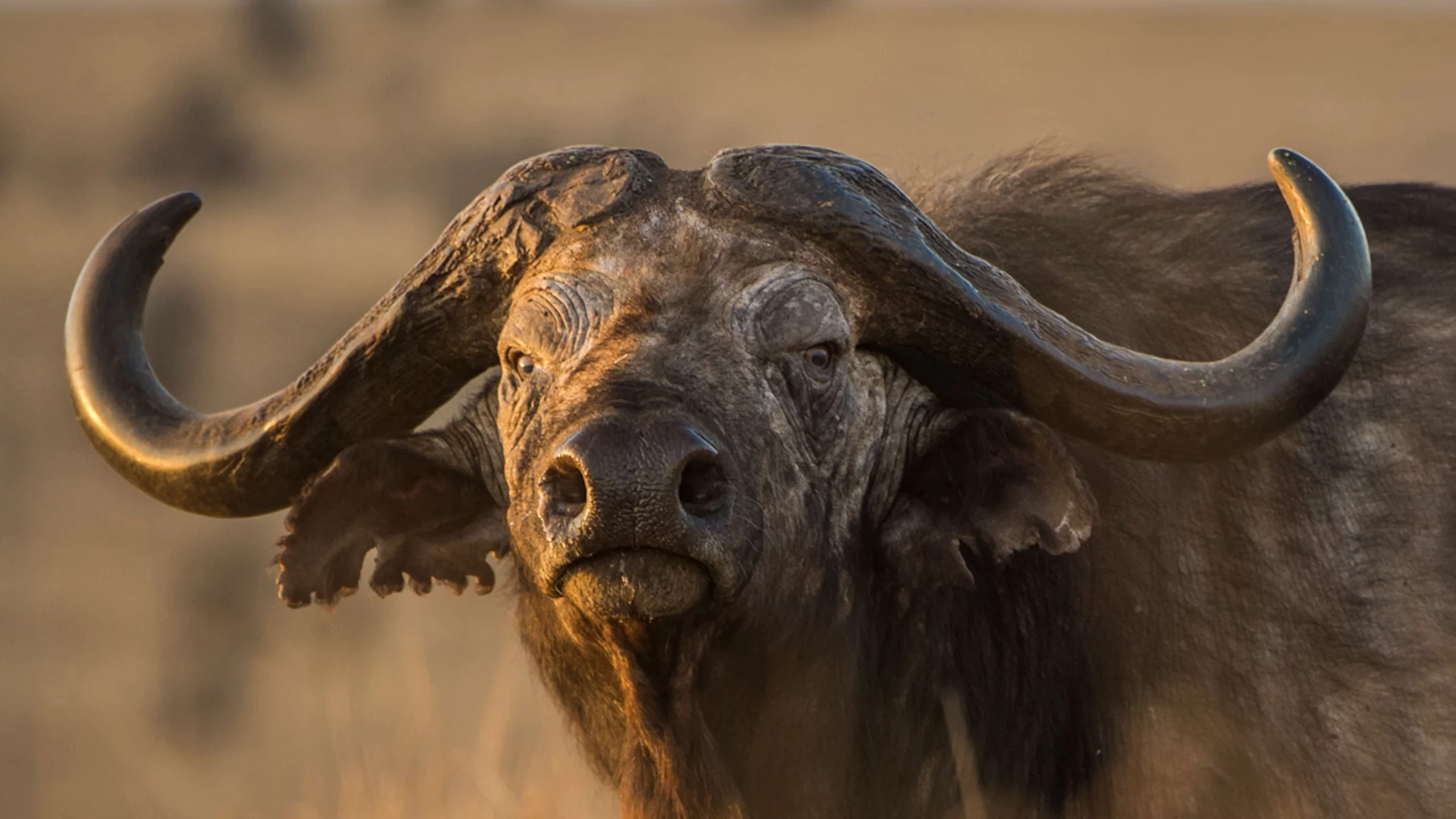
African Buffalo
Syncerus caffer
Often called the 'Black Death' or 'widowmaker', the African buffalo is considered one of the most dangerous animals in Africa. These formidable herbivores live in large herds and are known for their unpredictable nature and protective group behavior.
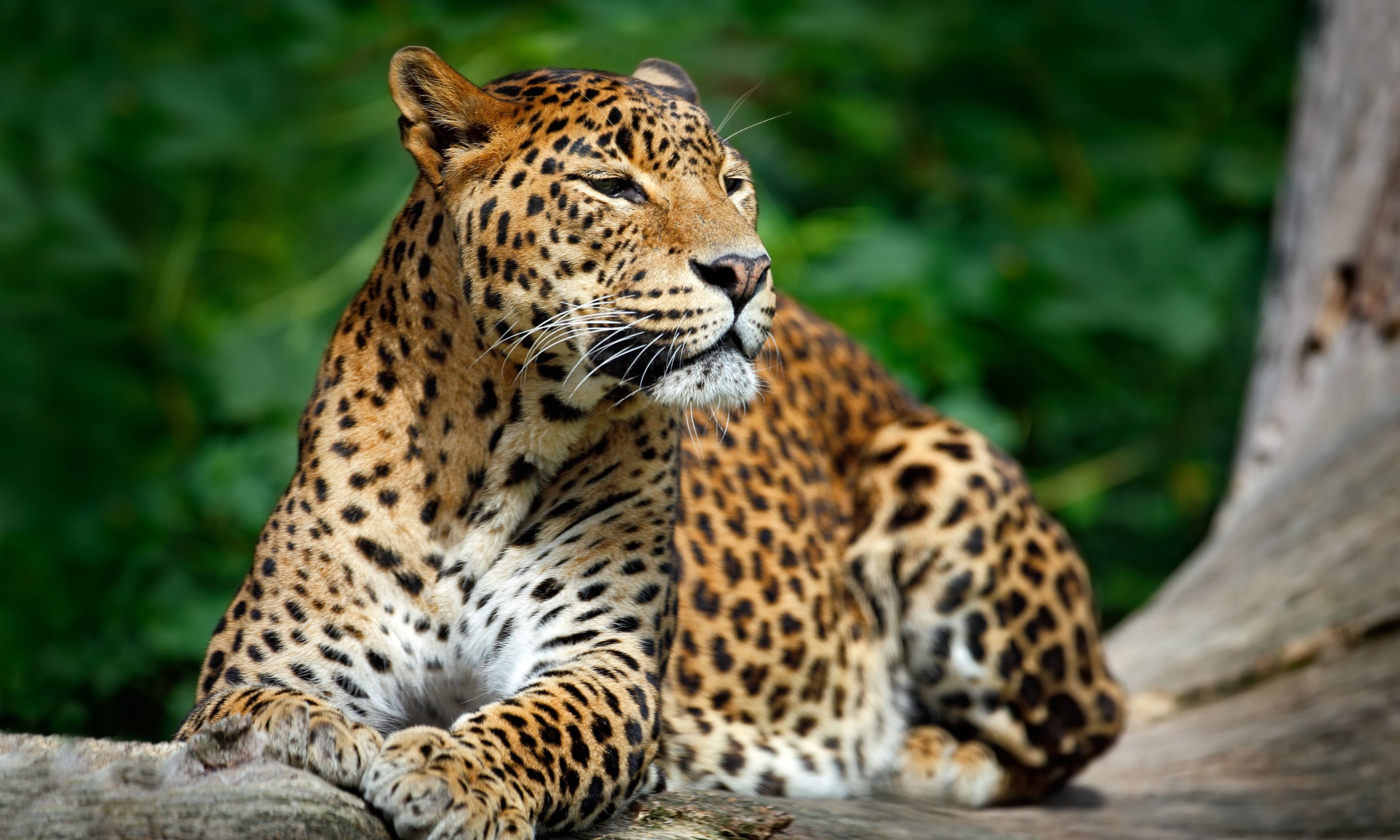
African Leopard
Panthera pardus
The most elusive of the Big Five, the African leopard is a solitary and stealthy predator known for its beautiful spotted coat and incredible strength. These adaptable cats can be found in diverse habitats across Kenya, from forests to savannas.
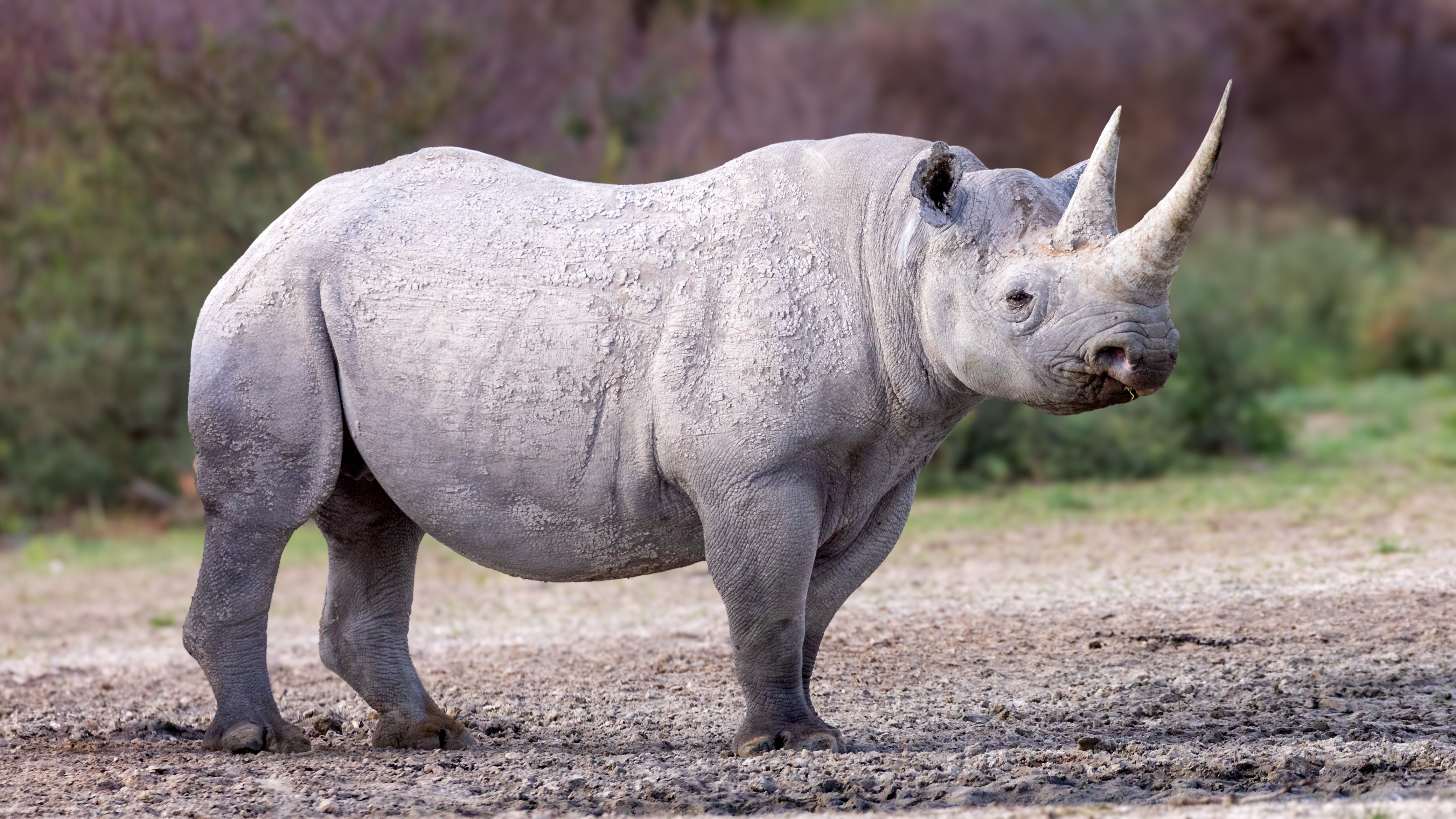
Black Rhinoceros
Diceros bicornis
The critically endangered black rhinoceros is distinguished by its hooked upper lip, which it uses to grasp leaves and twigs. Kenya has been at the forefront of rhino conservation, with dedicated sanctuaries and anti-poaching units protecting these prehistoric-looking giants.
Plan Your Perfect Big Five Safari
Plan Your Big Five Safari
Your Custom Recommendation
For photographers during the dry season, we recommend a 7-day safari covering Amboseli for elephants against Mount Kilimanjaro, followed by the Maasai Mara for predator action. June to October offers excellent visibility with animals concentrating around water sources.
Conservation Efforts
Kenya has emerged as a global leader in wildlife conservation, implementing innovative strategies to protect its Big Five species against threats including poaching, habitat loss, and human-wildlife conflict.
Among the most successful initiatives are community conservancies, where local communities benefit directly from wildlife tourism, creating powerful incentives for protection. Kenya's rhino sanctuaries, including Ol Pejeta and Lewa, provide round-the-clock armed protection for these critically endangered animals.
By visiting Kenya and experiencing the Big Five responsibly, you contribute directly to conservation efforts. Most parks and reserves channel tourism revenue into anti-poaching activities, habitat restoration, and community development programs.
Anti-Poaching Units
Kenya's specialized ranger units use advanced technology including drones and surveillance systems to protect wildlife.
Wildlife Corridors
Strategic land corridors allow animals to migrate safely between protected areas, maintaining genetic diversity.
Community Engagement
Local communities receive benefits from tourism, creating incentives to protect rather than conflict with wildlife.
Research & Monitoring
Scientific research tracks populations and helps develop effective conservation strategies for each species.
Wildlife Photography Tips
Patience is Key: The perfect Big Five sighting often requires waiting quietly. Budget extra time at each location to increase your chances.
Golden Hours: Plan game drives during early morning and late afternoon when animals are most active and lighting is magical.
Stabilization: Bring a bean bag or monopod to stabilize your camera in safari vehicles. Tripods are often impractical.
Telephoto Lenses: A zoom lens of at least 200mm is essential for capturing wildlife at a safe and respectful distance.
Respect the Animals: Never request your driver to get closer than is safe for you or stressful for the animals.
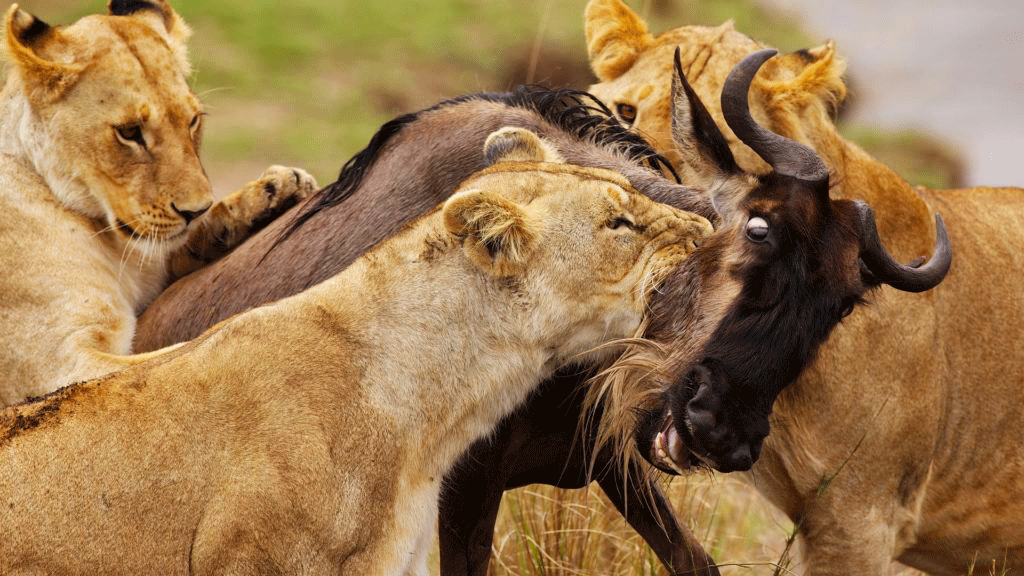
Frequently Asked Questions
When is the best time to see the Big Five in Kenya?
While the Big Five can be spotted year-round, the dry seasons (January-February and June-October) offer the best viewing conditions as animals congregate around water sources and vegetation is less dense. The Great Migration in the Maasai Mara (July-October) also provides excellent opportunities.
Which national park is best for seeing all of the Big Five?
The Maasai Mara offers the best chance of seeing all Big Five in a single location, particularly during the dry season. Ol Pejeta Conservancy is also excellent, with protected rhino populations alongside the other four species. For a comprehensive experience, combining multiple parks is recommended.
How many days do I need for a Big Five safari?
A minimum of 5-7 days is recommended to have a reasonable chance of spotting all Big Five species. Leopards in particular are elusive and may require patience and multiple game drives. A 10-14 day safari across multiple parks significantly increases your chances.
Is it safe to view the Big Five in their natural habitat?
Yes, when accompanied by professional guides and following safety protocols. Safari vehicles provide safe viewing platforms, and guides are trained to maintain appropriate distances. Walking safaris to view Big Five should only be undertaken with armed and experienced guides in permitted areas.
What conservation initiatives can tourists support in Kenya?
Consider staying at eco-certified lodges that contribute to conservation, visiting community conservancies, participating in rhino sanctuary tours, and supporting organizations like the David Sheldrick Wildlife Trust or Lewa Wildlife Conservancy through "adoption" programs or donations.
Which of the Big Five is the most difficult to spot?
The leopard is typically the most challenging to spot due to its secretive, solitary nature and excellent camouflage. These cats are often nocturnal and spend much of their time in trees or dense vegetation. Black rhinos are also increasingly rare and difficult to find outside of protected sanctuaries.

Ready to Experience Kenya's Big Five?
Start planning your ultimate safari adventure with our expert guides and custom itineraries